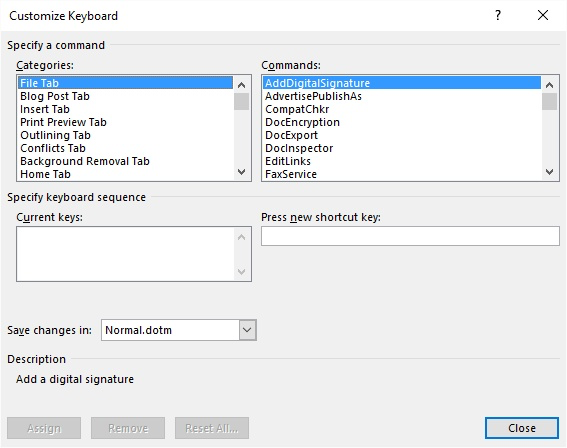
Be sure to Select All the text first! Now it should work. Select all the text, go to Tools>Language, select the desired language, uncheck the “do not check spelling or grammar” box if necessary, and hit OK.
Click OK to exit the Language dialog, then OK to exit the Modify Style dialog, and either Close or Apply to exit the Format>Style dialog.įixing Single Documents or Documents Created Earlier. Use the Format drop-down menu at the bottom of the Modify dialog to select Language-select the Language you want, and make sure the "do not check spelling or grammar" box is NOT checked. Check the “add to template” box to save your changes to all new documents based on that template, but do NOT check the “automatically update” box. The style of that word will already be selected in the left column of the dialog. Click in a word that is not being spell-checked, and go to Format>Style. If on quitting Word, you get a "save changes to Normal" question, answer yes. Word will ask you to confirm that you want to change the setting for new documents-answer yes. Be sure the "do not check spelling or grammar" box is NOT checked. Word will automatically add that language tag to your Normal style, which is the default style for text in a new blank document. Go to Tools>Language, select a Language, and click Default. New documents will behave, although you will need to fix old documents one-by-one. Then anytime you use that style in the future, it will automatically have the language tags. You need to modify the style that the text is formatted in, to include the language formatting. Fixing All Documents, or Changing the Default Language Spelling depends on the language setting, so first make sure you have a Tools>Language menu entry. Note: the Word 2004 Help topic "Troubleshoot spelling and grammar checking" also addresses some questions not covered here. Tools>Spelling & Grammar Dialog Stops Showing Suggestions. Spanish Custom Dictionary-FIXED with Office 2004 SP2 (11.2). There Is No "Language" on My Tools Menu. The Spelling & Grammar Preferences Are Grayed Out. Change Language in a Single Click in Word 2008 (external link, scroll down for English). Spell-Check Doesn’t Catch Misspelled Words. Updated for Word 2008 (DRAFT in Progress)  Open the Google Docs document you want to edit.Spell-Checking, Language, and Dictionary Issues in MacWord. You can spell check a document in Google Docs by following the steps below. Open OpenOffice writer and the document you want to edit. You can spell check a document in OpenOffice writer by following the steps below. Open Corel WordPerfect and the document you want to edit. To spell check a document, follow the steps below. Corel WordPerfectĪll versions of Corel WordPerfect can spell check a document.
Open the Google Docs document you want to edit.Spell-Checking, Language, and Dictionary Issues in MacWord. You can spell check a document in Google Docs by following the steps below. Open OpenOffice writer and the document you want to edit. You can spell check a document in OpenOffice writer by following the steps below. Open Corel WordPerfect and the document you want to edit. To spell check a document, follow the steps below. Corel WordPerfectĪll versions of Corel WordPerfect can spell check a document. 
To spell check a document written in either of these programs, use an online solution or open it in another program like Microsoft Word. Microsoft Notepad and Microsoft WordPad do not have any spell check solution. To correct these misspelled words, right-click the word and choose the properly spelled word. New versions of Microsoft products also automatically underline any misspelled word in a red squiggly underline, similar to what is shown in the picture. Or, if you want to change the word to an alternate spelling, click one of the suggestions from the suggestion list and click Change. If the word is misspelled and you believe that this spelling error is made throughout your document, Change All. If the word is spelled correctly, Ignore the word. Each found spelling error gives options to changed the word to one of the available suggestions.
Open Microsoft Word, FrontPage, or Outlook, and the document you want to edit.įollowing the above steps start a spell check on the document you're viewing. Open Microsoft Word, FrontPage, or Outlook, and the document or file you want to edit. Spell check in Microsoft Word, FrontPage, and Outlook usersĪll versions of Microsoft Word can spell check a document. Spell check in OpenOffice Writer and Calc. 
Spell check in Microsoft Notepad and WordPad.Spell check in Microsoft Word, FrontPage, and Outlook.







 0 kommentar(er)
0 kommentar(er)
